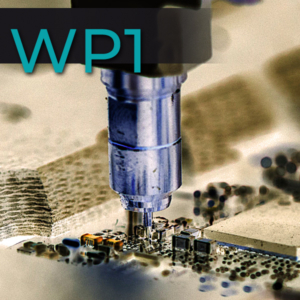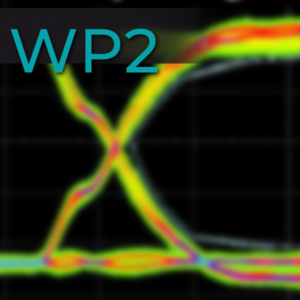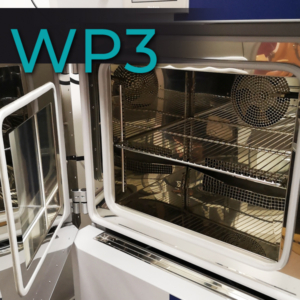 https://futurecom.unicas.it/wp-content/uploads/2022/01/wp1_300-1.jpg
600
600
admin
https://futurecom.unicas.it/wp-content/uploads/2021/12/Futurecom_logo_def_for-web-1-300x87.png
admin2022-01-14 15:59:102022-03-31 19:51:34WP1
https://futurecom.unicas.it/wp-content/uploads/2022/01/wp1_300-1.jpg
600
600
admin
https://futurecom.unicas.it/wp-content/uploads/2021/12/Futurecom_logo_def_for-web-1-300x87.png
admin2022-01-14 15:59:102022-03-31 19:51:34WP1Overview
European manufacturers of telecommunications equipment, telecom operators and regulators face ever-increasing customer demands in terms of higher data rates and energy consumption. Higher data rates translate to energy consumption as well as higher frequencies for amplifiers, integrated circuits and printed circuit boards (PCBs). The widespread implementation of future communications such as 5th generation (5G) and Connected Autonomous Vehicles (CAVs) presents challenges for the developed technology as electronic radio frequency (RF) components, circuits, subsystems and systems must be characterised and demonstrate good performance in “real world” operating conditions. However, European NMIs/DIs currently lack the capacity to carry out such RF measurements necessary to support the communications sector. This project will address this issue by developing measurement capabilities that enable devices and systems to be electrically tested under realistic (i.e. end-user) operating conditions, including appropriate environmental conditions.
Need
Industry is one of the pillars of the European economy – the manufacturing sector in the EU accounts for 2 million enterprises, 33 million jobs and 60 % of productivity growth. Digitising European industry is one of the key strategies of the European Commission (EC) and communications technologies such as the Internet of Things (IoT) and 5th generation (5G), play a very important role in this. The rollout of the global 5G communications infrastructure is now well under way in several parts of the world and is set to continue during much of this decade as more countries have access to this new global network. 5G subscriptions are expected to grow from 190 million in 2020 to 2.8 billion by 2025 and 5G is expected to carry nearly half of the world’s mobile data by 2025. Europe is currently lagging behind other world regions in the communications sector, as has been shown with the implementation of 5G, and this technology power shift has caused disharmony between nations. To regain Europe’s place in the forefront of future communications, direct investment in this area is urgently needed.
European NMIs need to develop and provide capabilities and solutions to the challenges that European industry is currently facing. For example, the development of device characterisation under real-world environmental conditions is critical for active devices to be used successfully in future communications applications. In addition, the production of antennas integrated on-chip, new high-frequency probing techniques and measurements of devices subjected to modulated signals are also essential for next generation millimetre wave communications systems.
Further to this, problems in communications systems due to Passive Inter-Modulation (PIM) are growing in telecommunications base stations, as more power and wider bandwidths are required to transmit higher data rates. Therefore, it is essential that reliable measurement capabilities are established within Europe to enable evaluation and validation of devices in these real-world testing scenarios.
Objectives
The project will concentrate on the issues currently faced by the industry for future communications applications and its overall goal is to evaluate active circuits, PCBs, signal- and power-integrity in FPGAs and PIM and to investigate the effects of different temperatures and humidities corresponding to real-world environmental operating conditions. The specific objectives of the project are as follows:
- To characterise active devices (e.g. transistors realised in Gallium-Nitride (GaN), Silicon-Germanium (SiGe) and Complementary Metal-Oxide-Semiconductor (CMOS) technologies) and circuits, particularly high-power amplifiers (HPA), under realistic operating conditions (i.e. non-50 Ω) at frequencies that include the millimetre-wave bands (e.g. to at least 200 GHz). The characterisation will include the linearity response of the devices and encompass multi-physics methods, mixed domain measurements (combining digital- and analogue-domains), new probing techniques and assessments of antennas integrated on-chip.
- To evaluate the impact of signal-integrity (SI) and power-integrity (PI) on Field-Programmable Gate Array (FPGA) chips, including the quantification of effects caused by electromagnetic interference (EMI) on high-speed digital circuits during operation. This should include i) the design of rules for the location of components (e.g. integrated circuits) on chip and on printed circuit boards (PCBs) based on in-situ assessments of performance; and ii) the development of methods to validate test data and assess parasitic effects due to components operating simultaneously in close proximity on chip.
- To assess the system operation performance in real world and harsh environments (e.g. below- and above-ambient temperatures, different climate conditions and changing levels of relative humidity (RH). This will include the development of methods for assessing the performance of the electronic components and circuits in diverse operating applications (e.g. Connected and Autonomous Vehicles (CAVs) and New Space).
- To develop and validate novel measurement methods to evaluate the PIM of RF electrical signals used in communications systems. These methods will be suited for industry-grade connectors (e.g. Sub-Miniature version A (SMA), 7/16 and type-N connectors, and, newer variants including the 4.3/10 connector).
- To facilitate the take up of the technology and measurement infrastructure developed in the project by the measurement supply chain (NMIs, calibration laboratories), standards developing organisations (IEEE) and end users (in the fields of telecommunications, automotive, defence, space and security).








